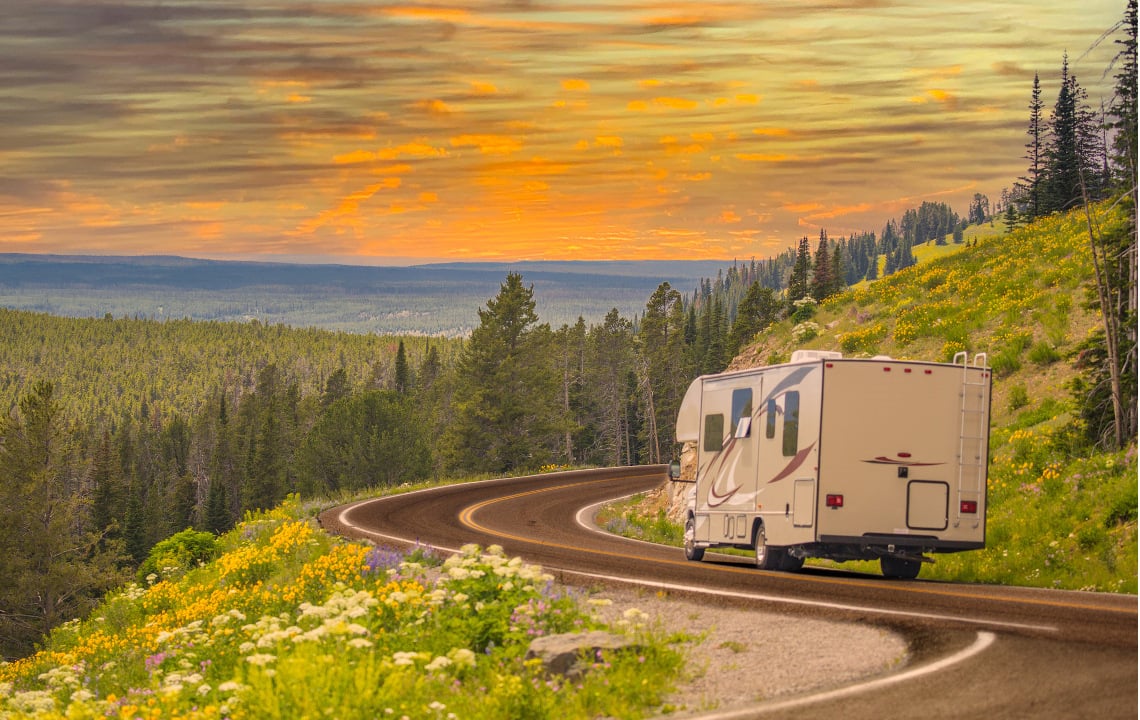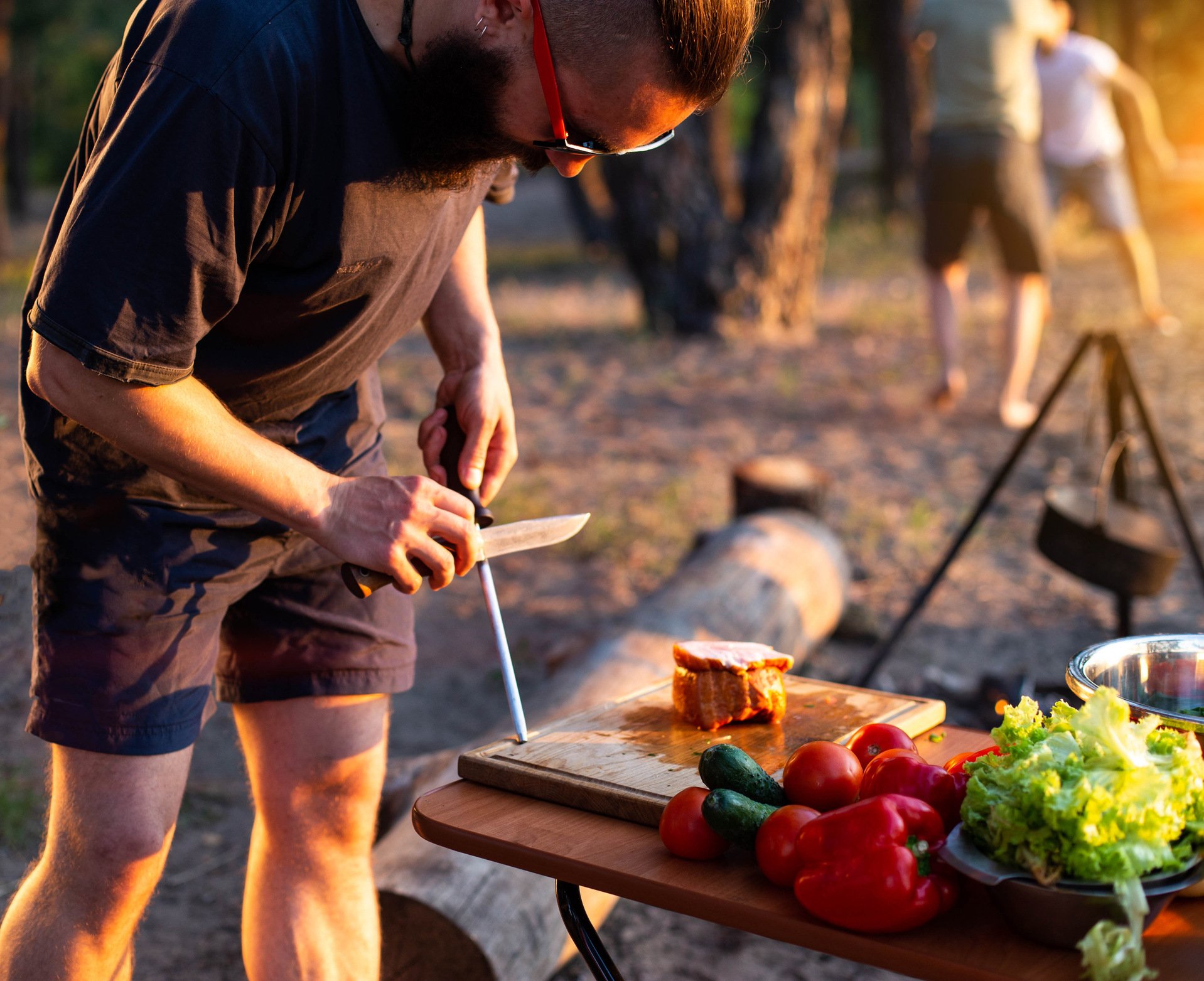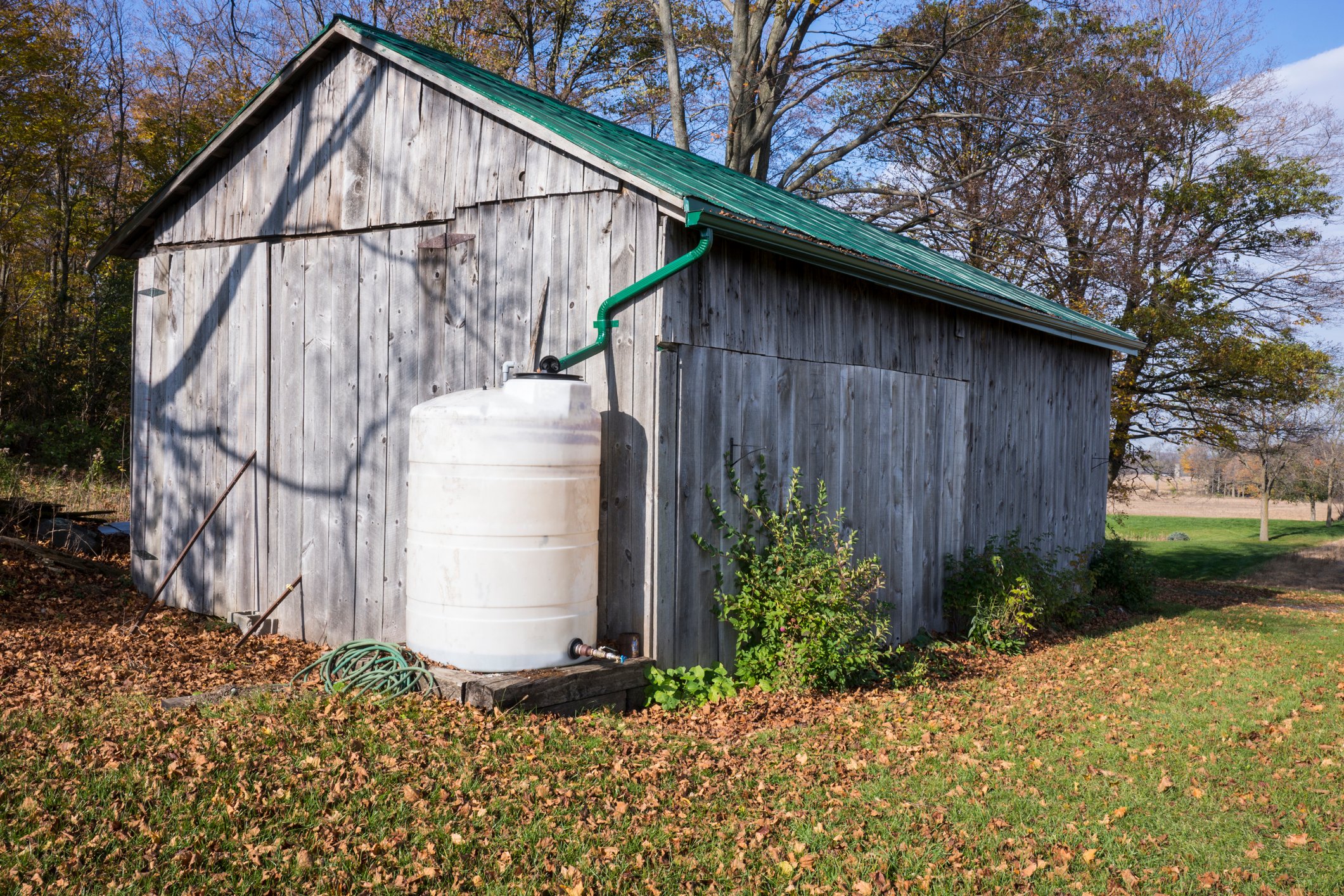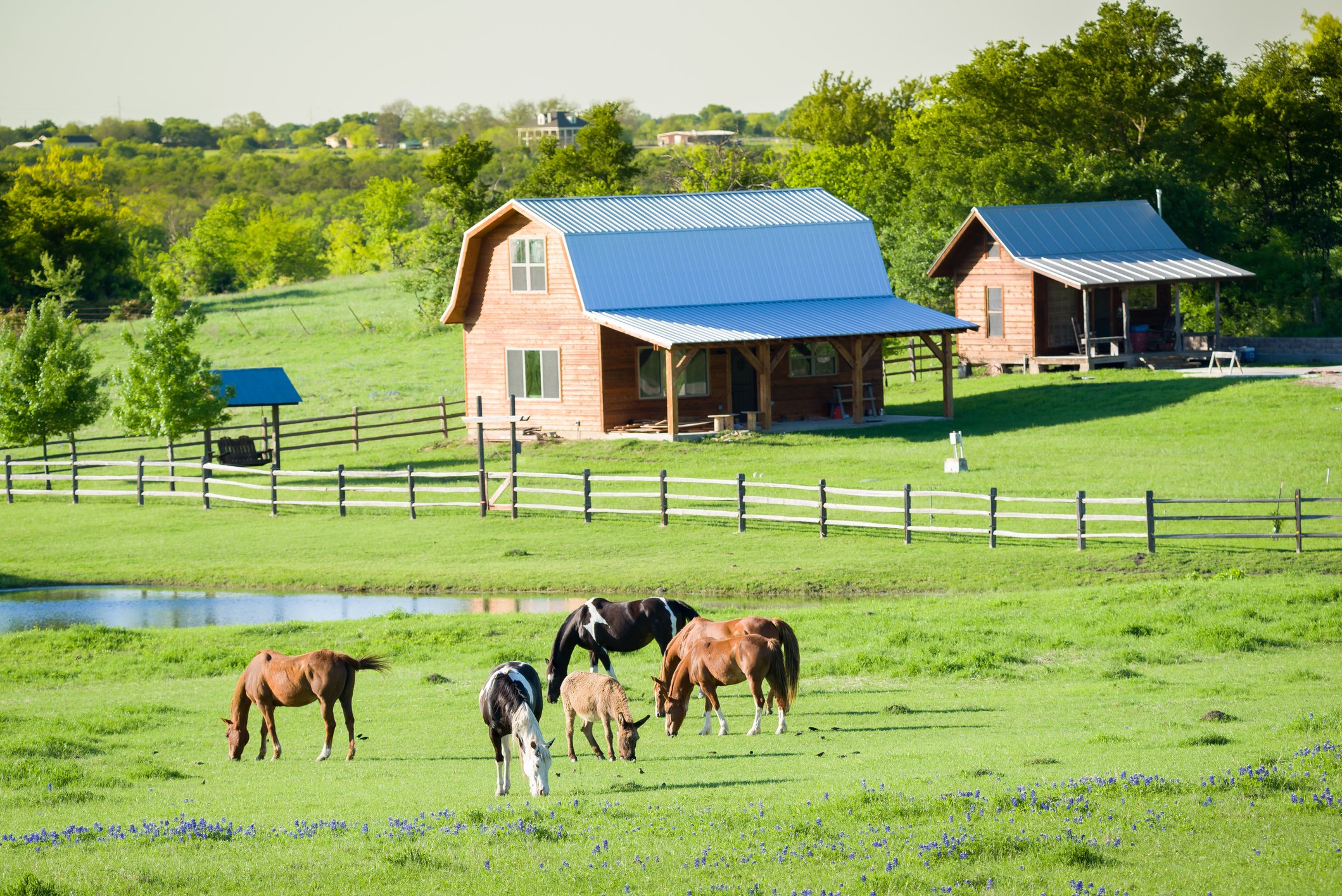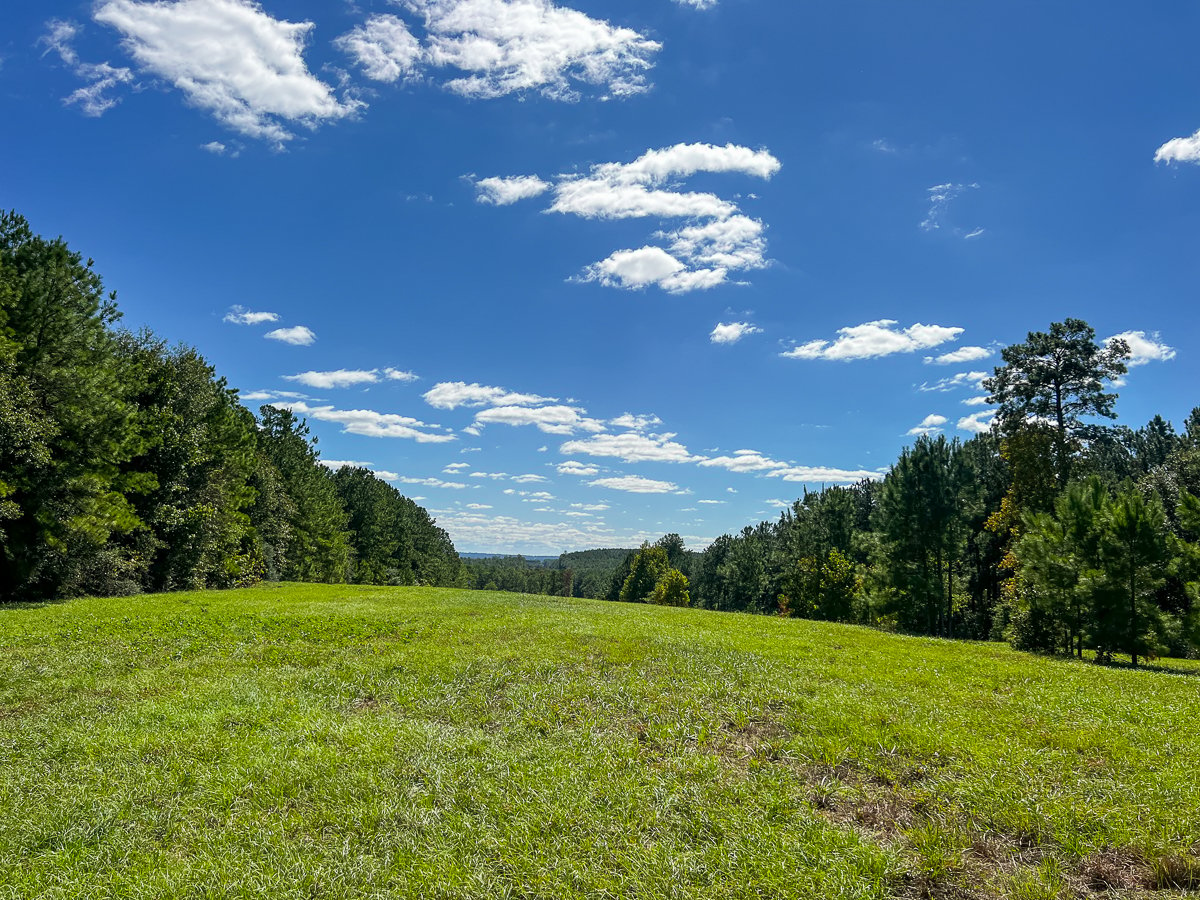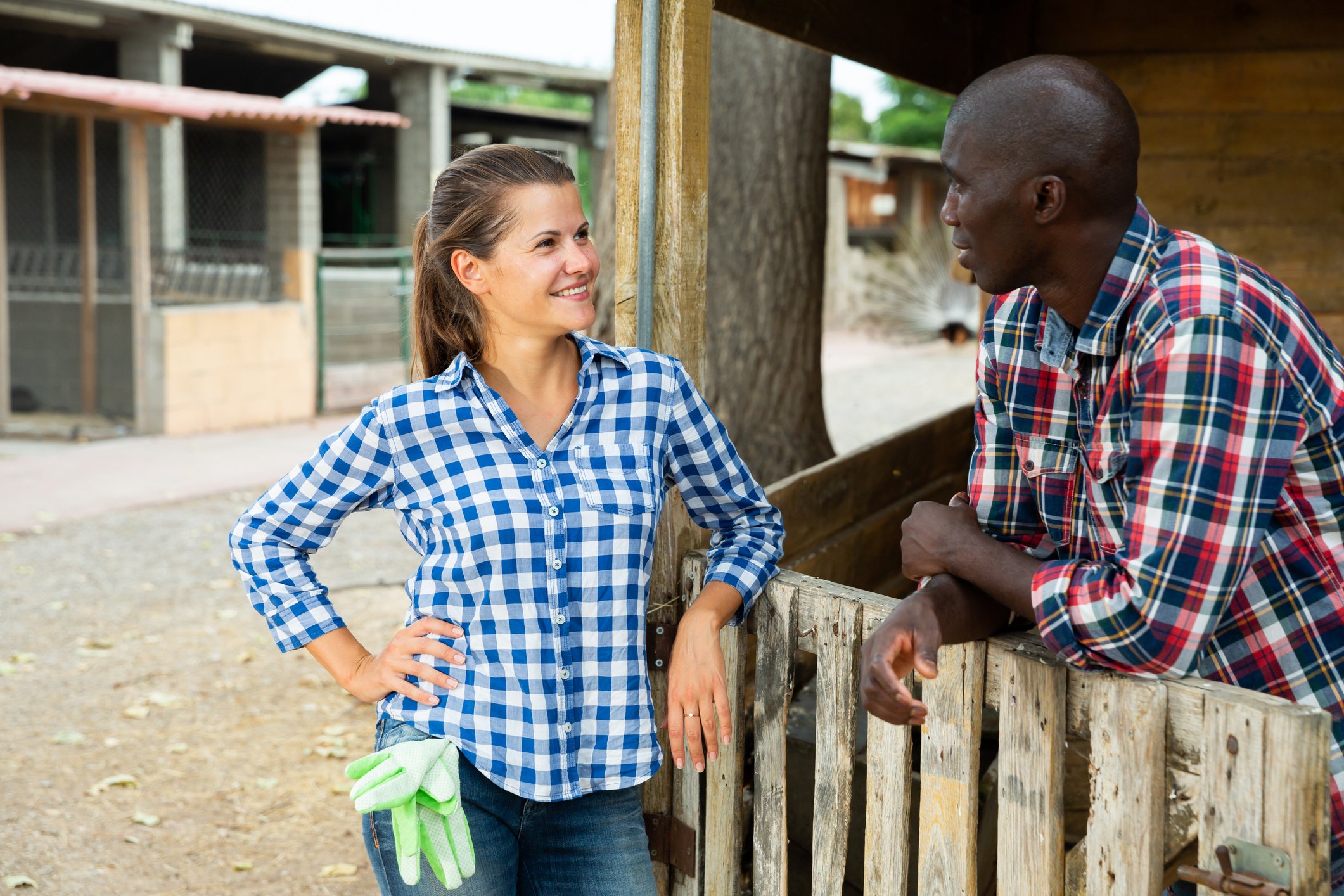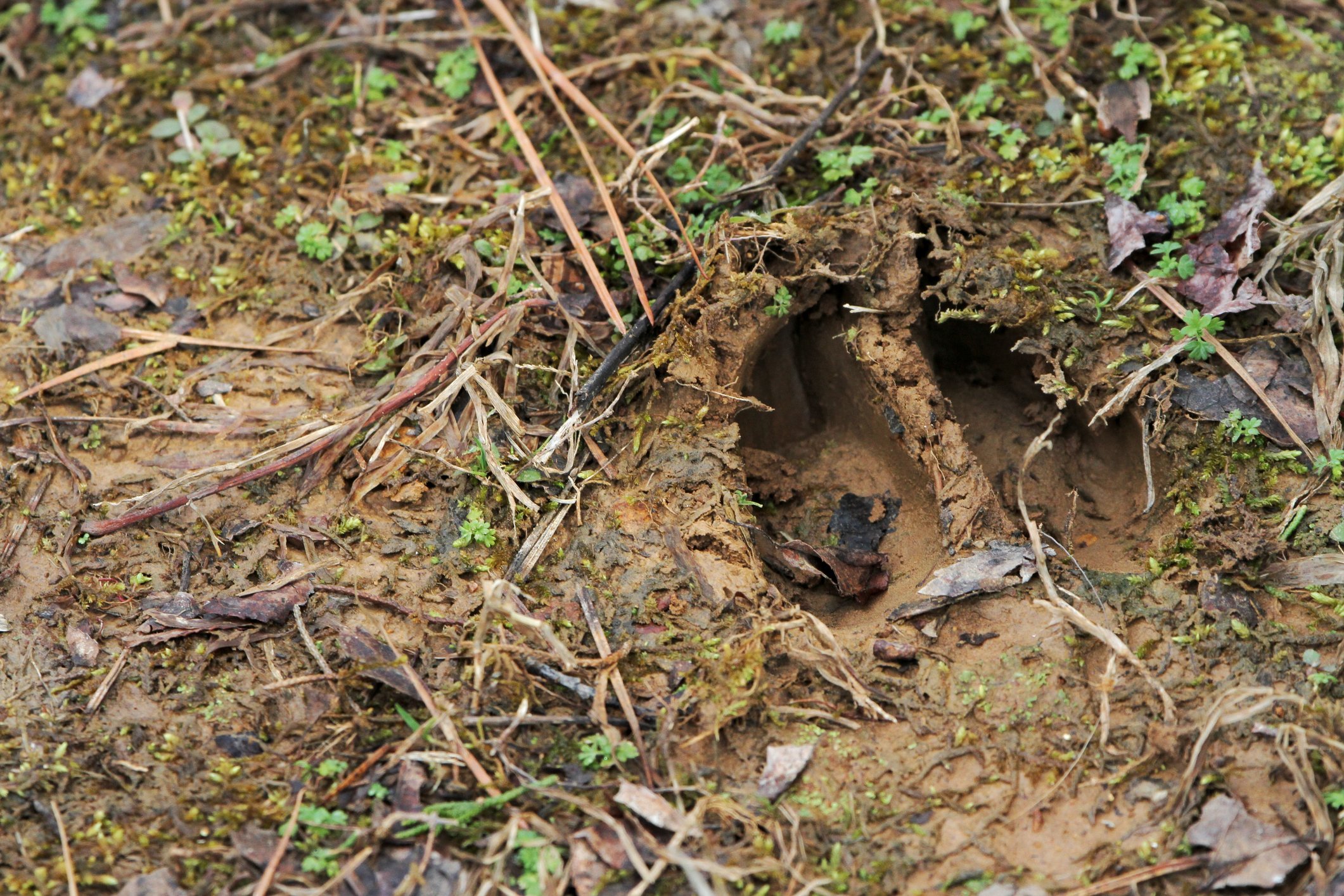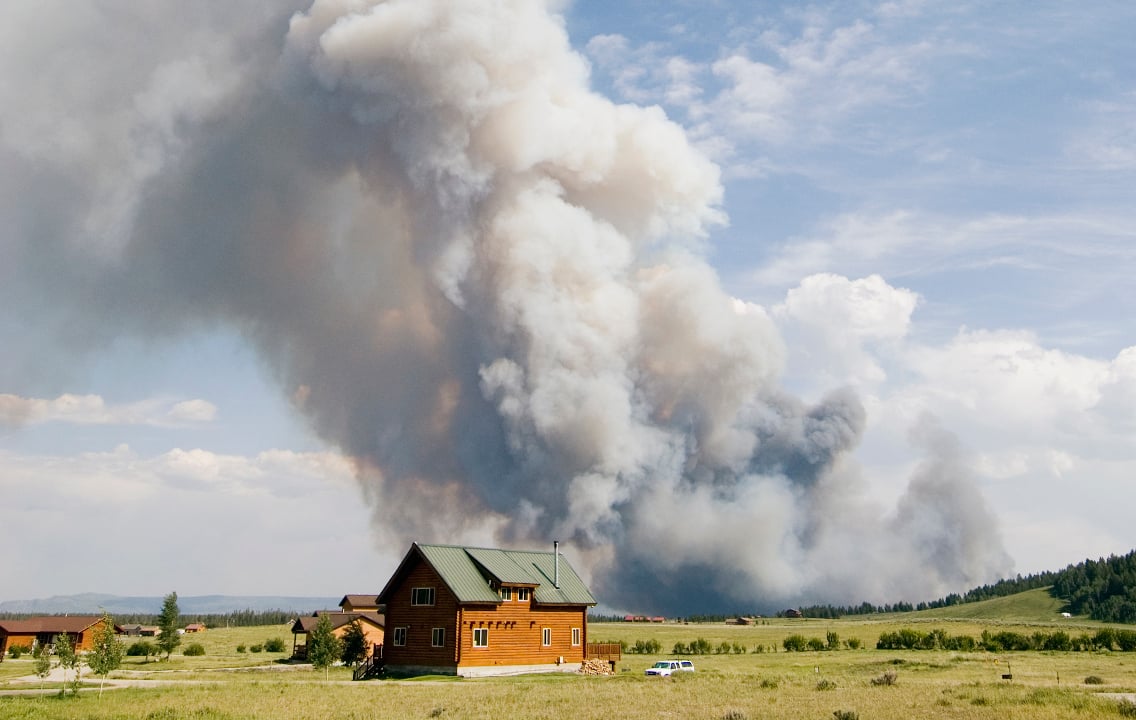If your dreams include achieving an independent lifestyle, getting fully or partially off-grid, and saving money there's no better place to start than by improving your home's energy efficiency. With some initial upfront investment, you can expect a tremendous ROI that will last for years to come...here's how to get started.
Going off-grid is the quintessential pinnacle of self-sufficiency. Just imagine no longer having to pay the power company every month (and even selling your energy back to them) whilst reducing your environmental footprint.
However, getting to 25%, 50%, or even 100% energy independence doesn't happen overnight. For most folks it involves taking sequential steps over time to reduce energy consumption based on your budget, time frame, needs, ideals, and ambition.
For example, it doesn't make sense to outfit your home with dozens of expensive solar panels until you've taken steps to improve the home's overall energy efficiency. Which, in turn, would reduce the amount of panels you'd need in the first place.
Fortunately, there are realistic ways to accomplish this that will save you time and energy in the short and long-term.
Since heating and cooling gobble up the majority of Americans' energy bills, we'll start here.
Proper Insulation is Critical
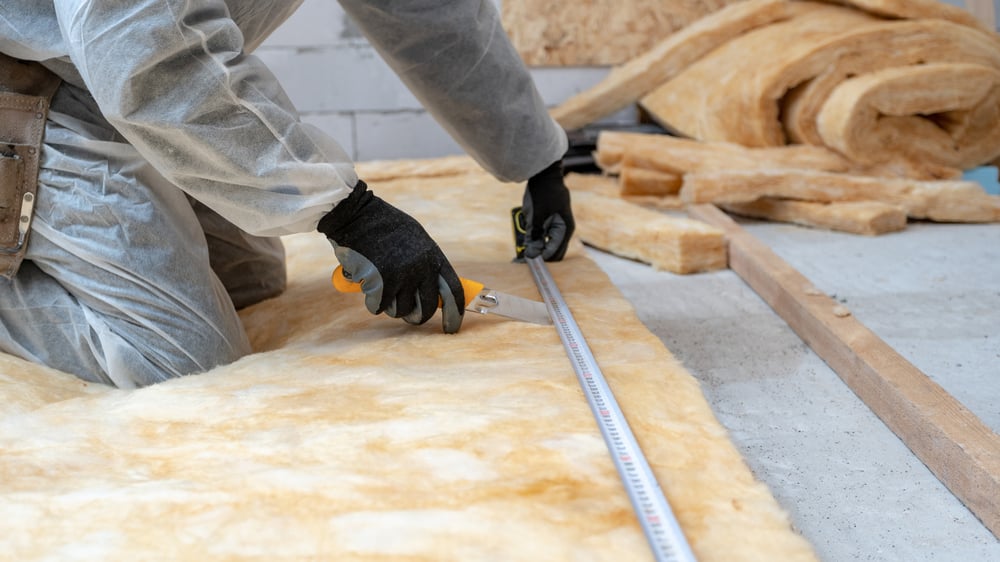
No matter what type of heating and cooling system you have, selection and installation of the proper insulation in your floors, attic, walls, and possibly basement and/or garage is critical to reducing your energy expenditures.
Price the installation cost by getting written quotes from several reliable contractors for achieving the R-value that you need.
R-value is a measure of the effectiveness of insulation and is displayed in charts that recommend the desired R-values for six different zones in the United States (zone 1 being the warmest and zone 6 being the coldest).
Energystar.gov has a handy chart with information about the various zones and the recommended R-value for insulation.
After installation, check for air leaks around electrical panels, building components and in the case of batts or roll insulation, check for gaps. If blown in insulation or foam is used, check by measuring the depth of insulation and again check for gaps in coverage.
Upgrading To Double Pane Windows Results in Great Savings
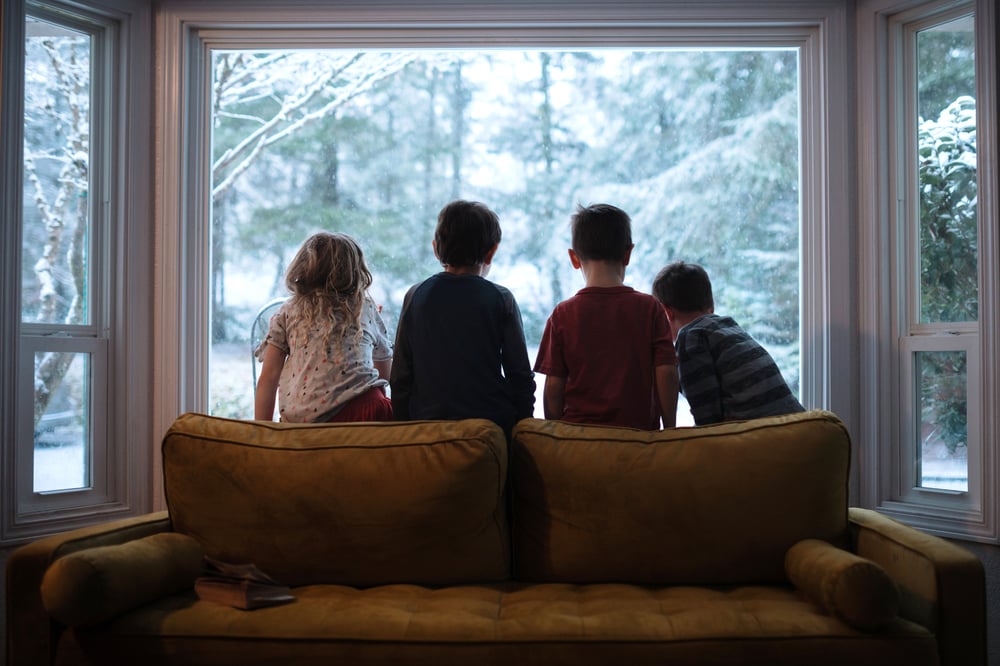
Another factor closely related to insulation is your choice of windows. If you have an older home with original windows, make upgrading them a priority (you'll see the ROI on your first energy bill). If you're unsure about window efficiency, you can usually tell by simply touching the glass. If it's hot to the touch on a hot day or very cold on a cool day, or you feel drafts then your windows are due for an upgrade.
And if you're building a new home allow enough room in your budget to invest in good quality windows.
Always choose windows that have double panes with airspace between them. Airspace is one of the best insulators.
Thermally designed windows have two layers of glass with a sealed airspace between them. They do not allow the same level of heat/cool loss that occurs with single pane windows.
If you live in a humid or very damp climate, like those of us in the Southeast, you'll want to steer away from wood-framed windows which tend to warp over time.
Also, Low-E film may be applied to less efficient windows to reduce thermal transmission. This property may also be found in the design of some window systems.
No, high quality windows don't come cheap. However, big box stores and direct suppliers often run sales toward the end of summer and end of winter, so be sure to get on their email lists.
Bonus Tip: Don't forget your doors!
Doors can be notorious for leaking energy, so be sure to check for drafts on all your exterior doors (including sliders).
Consider the Wide Selection of Heating/Cooling Systems that Operate Economically
There are many choices of systems to heat and cool homes today including: oil, gas, heat pump and electrical furnace.
The heat from oil, gas and electric furnace may feel warmer at the duct where the heat enters the room, but heat pumps are becoming more prevalent today.
Heat pumps collect heat or cool from the outside air through coils that are gas-filled. The heated or cooled gas circulates to an air handler and a fan blows through coils and transfers the air through ductwork into the home.
In the past, heat pumps were not as efficient in extremely hot or cold environments. However, advances have been made in technology and there are system modifications that have helped to overcome this problem.
Geothermal heat pump systems use the constant temperatures underground to make units much more efficient.
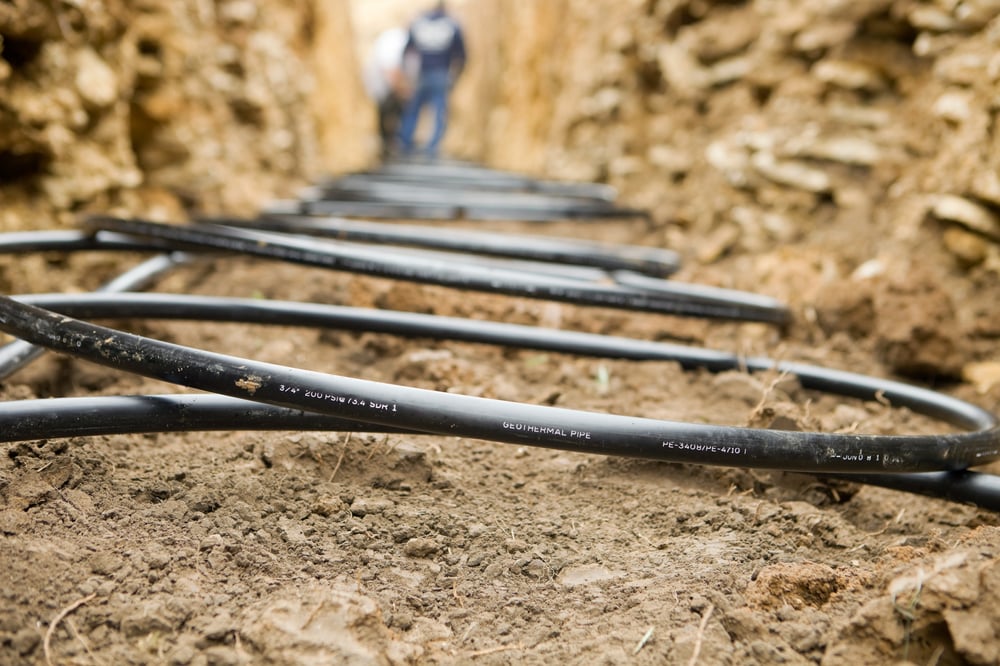
At soil depths of approximately 20 feet, the soil temperature is constant, at near the average annual temperature of the location (we explain more about this in our article on Earth Sheltered Homes).
These geothermal heat pump systems are made up of four types of ground loop systems. Horizontal and vertical systems utilize the soil; and pond or lake usage is self-explanatory.
The fourth method is called the open loop system and does not use gas, but circulates water through the system and extracts heat or cooling from the water. It requires two wells, one for providing water and one for receiving water. Sometimes surface discharge is involved, but they must meet local environmental requirements.
Another possibility is a solar Combisystem.
This sometimes involves incorporating solar collection with a geothermal system and is often called Geosolar.
Solar technology is used to collect heat to heat water and generate electrical energy that may be used immediately or stored in batteries. The geothermal component would be used for cooling or could generate heat when the weather was not conducive to utilizing the solar component.
Decisions on which system to use would be based on initial cost, return on investment, maintenance requirements and desired comfort levels.
Environmental requirements would need to be considered and it would be advisable to consult with several reliable contractors to compare notes on the various factors, with cost being foremost.
Additional Ways to Reduce Energy Requirements And Grid Dependency
Once you make a decision about the type of system you want, there are some general tips to saving energy and money.
- Launder clothes with cold water.
- Lower thermostat settings. Find your best comfort level at the most economical setting, most energy companies recommend keeping the thermostat at 78 degrees in the summer and 65-68 degrees in the winter.
- Lower thermostat setting for water heaters. Water heaters are costly appliances in the home.
- Consider a tankless water heater or hybrid heat pump water heater for maximum energy efficiency.
- Use LED or compact fluorescent light bulbs.
- When purchasing appliances, be aware of the inefficiency of some models and choose wisely.
- Consider using blinds or shades to block heat or cold transmission into the home.
- Consider multiple systems to control heating and cooling in different zones within the home (various areas have different requirements for heating and cooling).
On a personal note, we previously had a home with a little over 2,000 square feet of living space. Our current home has approximately 3,000 square feet of living space. By choosing wisely based on some of the suggestions above, our electrical bill for this house is about 40% less than for our former house.
Wise choices of heating and cooling systems, along with common sense decisions about insulation, appliances, and other techniques can reduce our dependence on the grid.
We may not eliminate the expense entirely, but we can reduce it considerably thus helping the environment while reducing our reliance on the grid.
You might even qualify for one or more U.S. tax credits, which would be the “icing on the cake.”
For more tips on reducing energy consumption in your existing home and/or how to build a more energy efficient home from the ground up (without breaking the bank), check out: 16 Practical Tips for Building Green on a Budget.


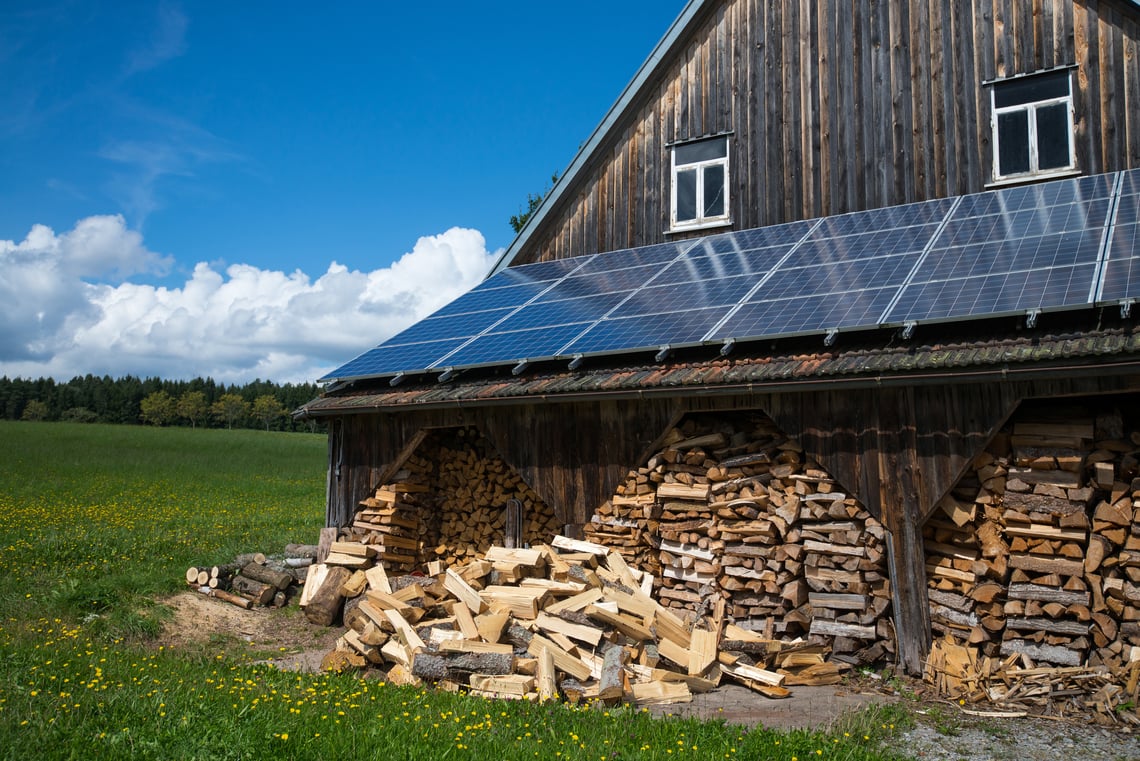
.jpg)








